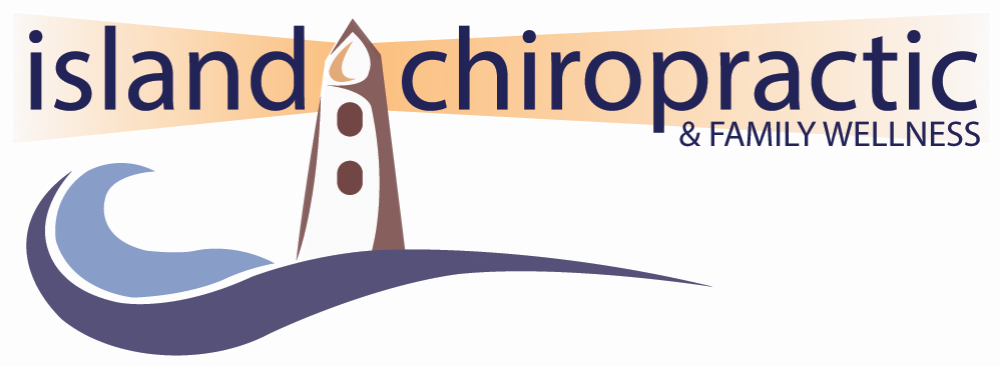Good posture can increase energy, improve breathing, circulation, and digestion. Good posture means less strain and pain on your connective tissue and joints. It can reduce…
Let's talk about posture
“Your state (emotions) changes other people’s state. Change your state physically - change your biochemistry. The way you move, the way you breath, the way you use your voice - changes biochemistry” —Tony Robbins.
Good posture can increase energy, improve breathing, circulation, and digestion. Good posture means less strain and pain on your connective tissue and joints. It can reduce stress and anxiety while increasing feelings of personal control and confidence(1). Poor posture is increasingly common with smartphones, computer work, and sedentary behaviour. Sitting, slouching and standing with poor posture is a repetitive strain on our body. It compresses our musculoskeletal system, lungs and digestive system. Wearing high heels or even running shoes with a large heal can put your spine out of good alignment. Specializing in sport or hobbies may add to asymmetry in our posture.
Test your posture.
Have a family member take a picture of you from the front, side, and back. Your head, shoulders, hips and ankles should line up, one above the other. Your feet should be shoulder width apart. Your shoulders and hips should be level? Does your head tilt? Does one shoulder blade seem to be more prominent than the other? Do the muscles of the back seem more developed on one side? A healthy back should be symmetrical. Does your spine maintain its natural curves?
You can use a wall to help train good posture. Stand with the back of your head, shoulders and buttocks touching the wall, and your heels a few inches from the wall. Put a flat hand behind the small of your back. You should be able to just barely slide your hand between your lower back and the wall for a correct lower back curve. If you have too much space here draw your bellybutton toward your spine to bring your lower back closer to the wall. If you need more space arch your back just enough so that your hand can slide behind you. Then walk away from the wall trying to maintain good posture.
Habits for good posture.
The way to improve bad posture is to be posture-conscious when sitting, standing, walking and sleeping.
Avoid sitting or standing in any one position for a long period of time.
Take a micro break (stand up and raise your arms above your head) or change positions every 30 minutes.
Strengthen your core with McGill’s Big 3.
Strength train a couple times a week.
Think about expansion of the ribcage and spine. Keep your head up and chest spread.
When walking lead with your chest not your head and allow your arms to swing naturally from there shoulders.
Keep an active tension in your core while walking (think about somebody going to punch you in the belly).
Walk barefoot.
Breath through your nose. This initiates diaphragmatic breathing which allows us to breathe without fatiguing secondary breathing muscles in the upper chest and shoulders.
Sit on the floor more. It forces hips and other joints to use greater ranges of motion than sitting on a chair.
Sleep on your back or side maintaining the natural curvature of your neutral spine.
Stand up straight! Learn more by clicking HERE.
Cuddy, Amy J.C., Caroline A. Wilmuth, and Dana R. Carney. "The Benefit of Power Posing Before a High-Stakes Social Evaluation." Harvard Business School Working Paper, No. 13-027, September 2012.
SMT
Chiropractic Adjustments and Neck Pain
A recent study released in 2017 had some very interesting results. Inami et al looked at the brain and the neck (via PET scans) before and after a cervical (neck) adjustment. While, unfortunately it was a small sample size (21 males) the results do show there is definitely an influence on the brain in regards to outcomes after an adjustment.
Significant findings of this study include:
Decrease in Muscle Tension in the neck
Increase of neck range of motion
Changes in the Cerebellum - where affective processing (sensory), pain modulation and sensorimotor processing occurs - possibly explaining a decrease of pain sensation
Changes to the prefrontal cortex - possibly explaining an increase in relaxation
Glucose Metabolic Changes in the Brain and Muscles of Patients with Nonspecific Neck Pain Treated by Spinal Manipulation Therapy: A [18F]FDG PET Study. Evidence Based Complimentary and Alternative Medicine. 2017. 4345703. Akie Inami, 1 Takeshi Ogura, 1 , 2 Shoichi Watanuki, 1 Md. Mehedi Masud, 1 , 3 Katsuhiko Shibuya, 4 Masayasu Miyake, 1 Rin Matsuda, 1 Kotaro Hiraoka, 1 Masatoshi Itoh, 4 Arlan W. Fuhr, 5 Kazuhiko Yanai, 1 , 6 and Manabu Tashiro 1 ,
https://www.ncbi.nlm.nih.gov/pmc/articles/PMC5267084/
Does this look familiar?
Poor Posture
Look at what the effects of poor posture are on your body!
We see a lot of office workers complaining about their back discomfort, but look what what else happens when you sit (with poor posture) for long periods of time!
Make sure you are getting out of your chair at least every 50 minutes!
photo credit: Washington post
Dealing with poor posture because of too much smartphone usage? Read more about “text neck” HERE



